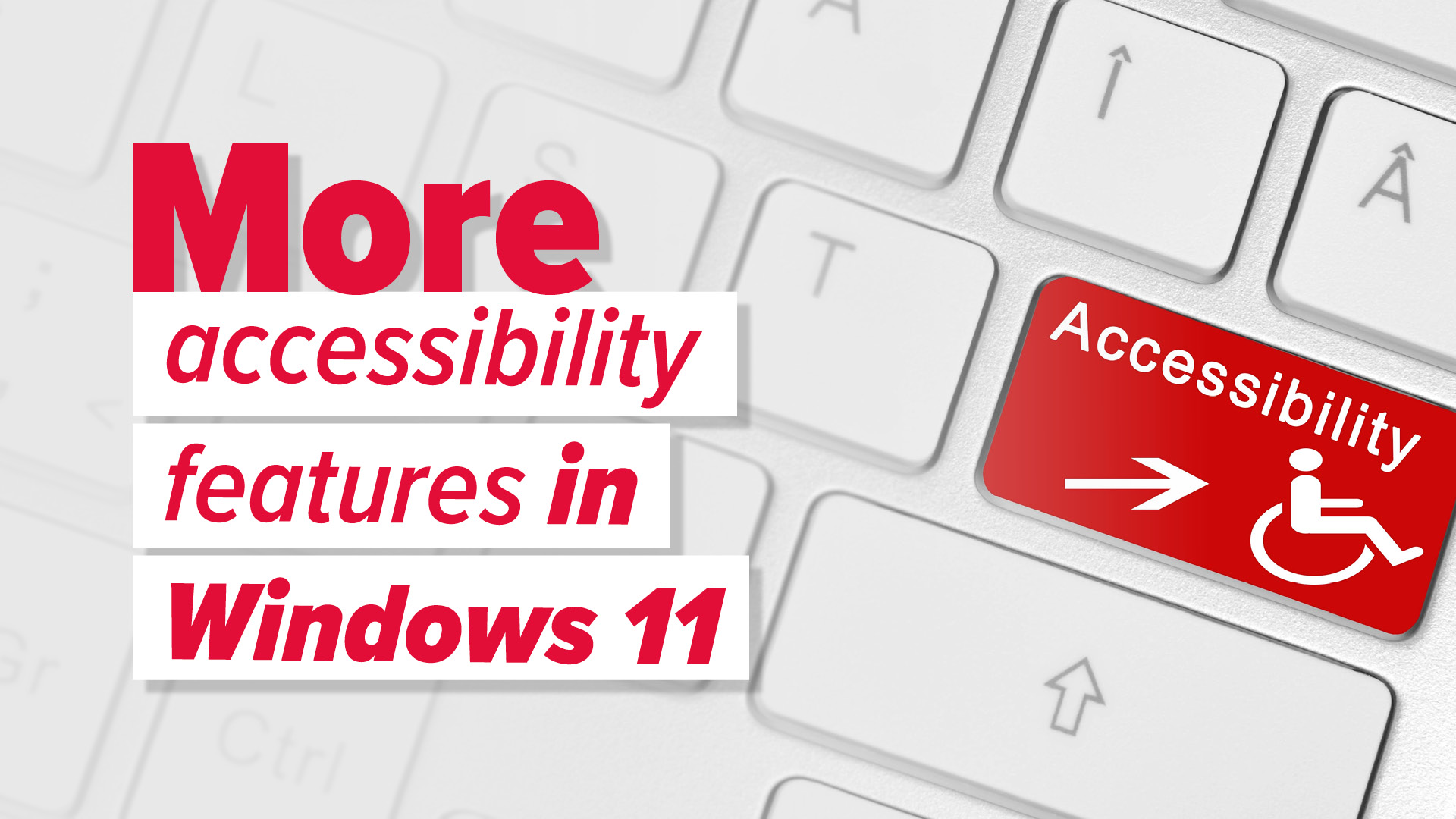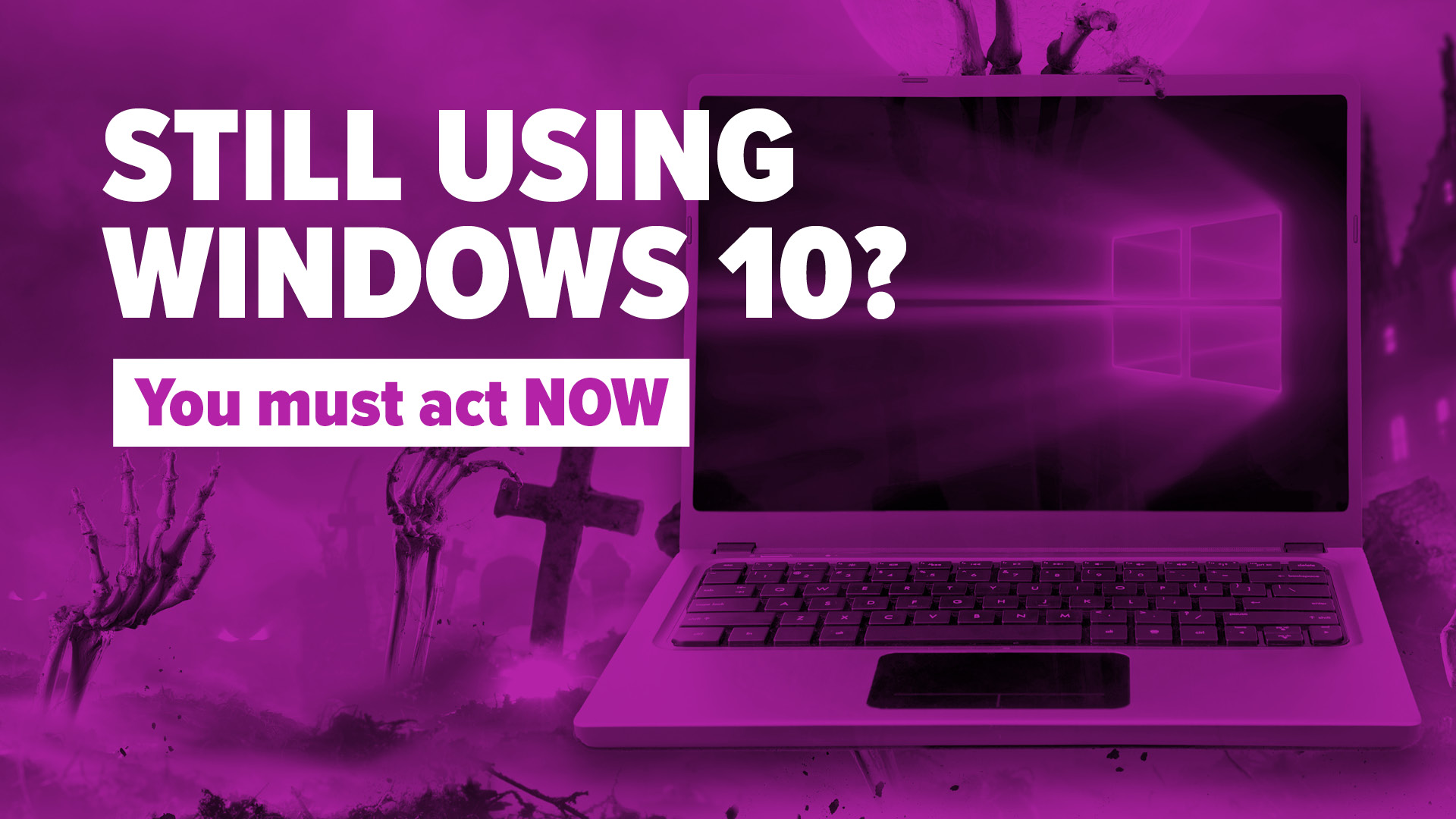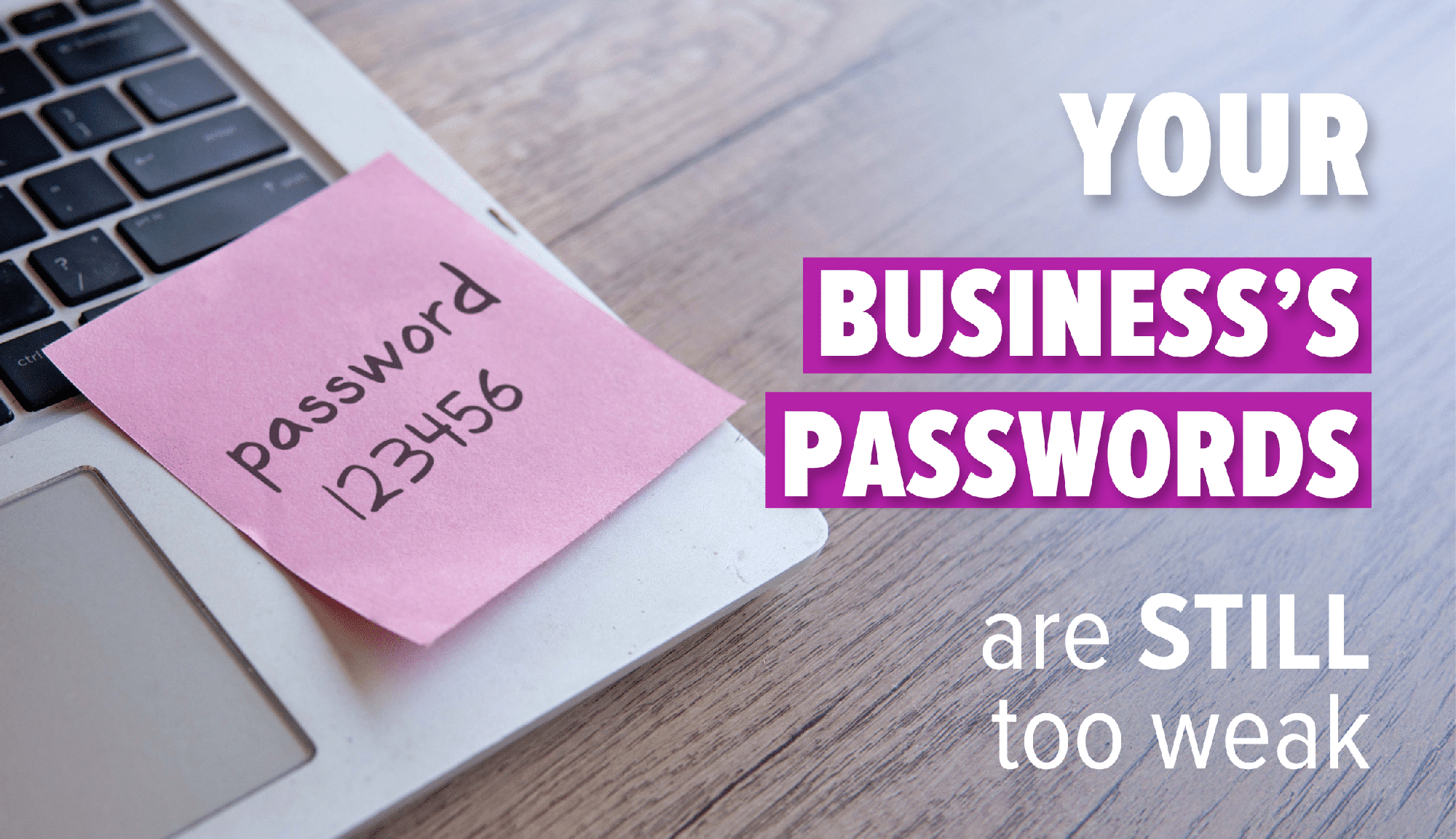Here is a question worth asking yourself. Do you know exactly who in your business can access your critical data right now? And just as importantly, do they actually need that access to do their job?
Most business owners assume this is handled when accounts are set up. But research shows otherwise. Around half of employees have access to far more data than they should.
This is a serious issue.
Not only because of the risk of someone acting maliciously, but also because accidents happen. When people have access to information they do not need, it increases the chances of mistakes, data breaches, and problems with compliance.
This is known as insider risk.
Insider risk is the threat that comes from people within your business, such as employees, contractors, or anyone else with access to your systems. Sometimes this is intentional, such as data theft. But far more often it is unintentional. A member of staff clicks on the wrong link, shares sensitive information by mistake, or retains access after leaving the company.
One of the most common problems is called “privilege creep”. This happens when people gradually collect more access than they should, often because they change roles or get added to new systems. Without regular checks, their access builds up over time.
The research also highlights a worrying trend. Nearly half of businesses admit that some ex-employees still have access to systems months after leaving. That is the digital equivalent of handing a former employee the keys to your office and never asking for them back.
What is the solution?
The best practice is to follow the principle of “least privilege”. This means staff only get the access they need to do their job, and nothing more. Where additional access is required, it should be granted temporarily and removed once the task is complete. This is often called “just in time” access.
And when someone leaves your business, their access should be revoked immediately. No exceptions.
With today’s cloud applications, AI tools, and hidden “shadow IT” (software used without IT oversight), managing access can be more complicated. But it is far from impossible.
Regular reviews of permissions, tightening controls, and using tools that automate the process can make a huge difference.
This is not about slowing your team down. It is about protecting your data, your customers, and your business’s reputation.
If you would like support in reviewing your access controls and reducing insider risk, get in touch. It is always better to act before a breach happens.










